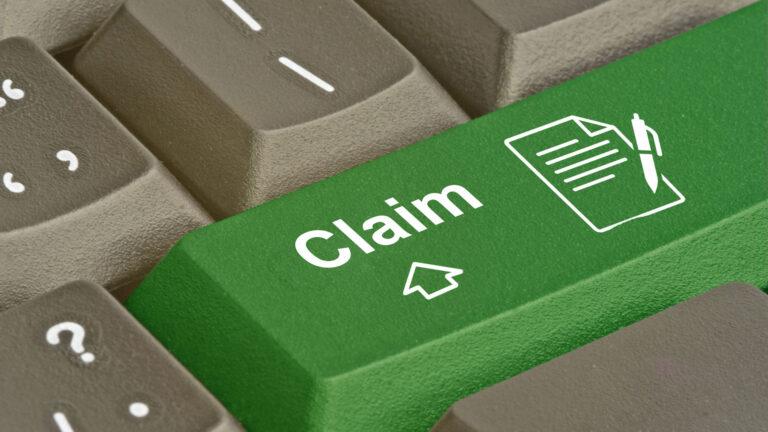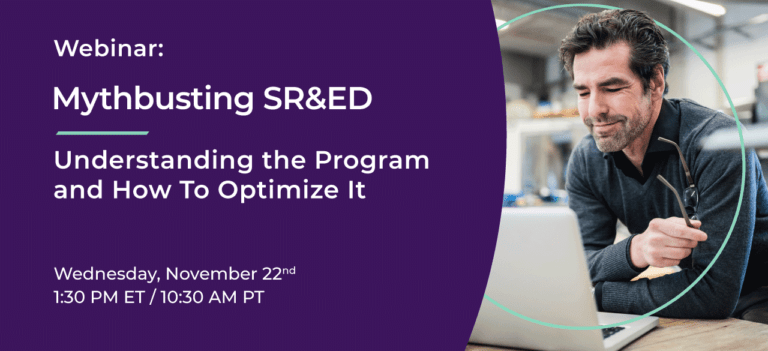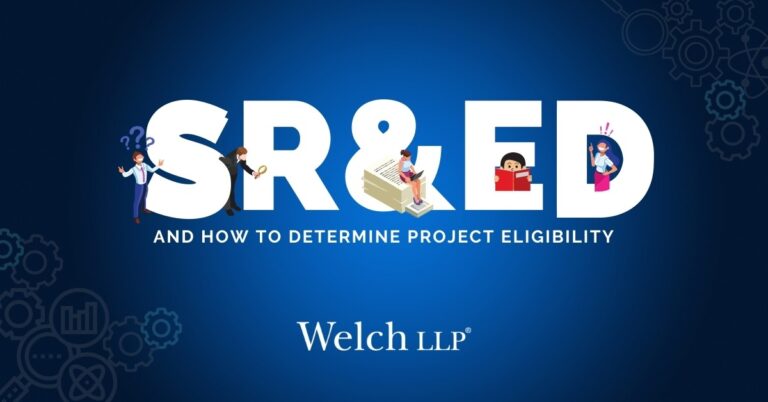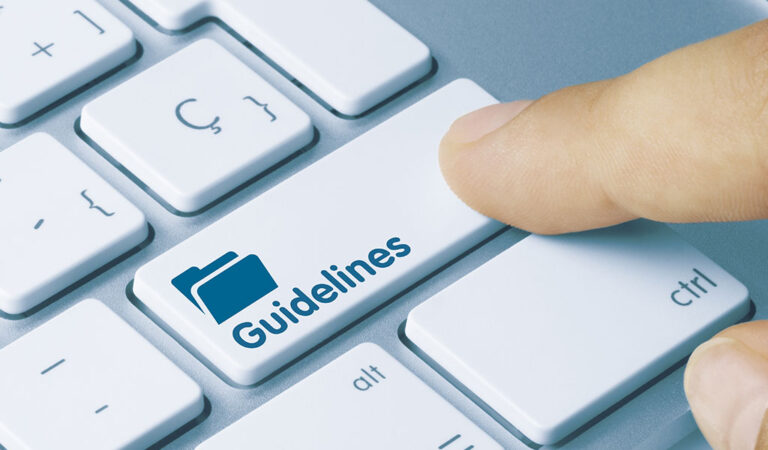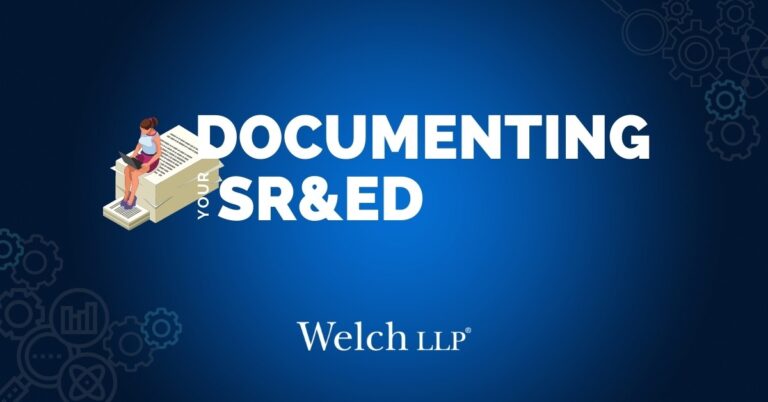When preparing or filing a SR&ED claim, there are many things to be considered outside of the standard five question format. The items below are the top ten items that are often overlooked when considering the performing, preparing, and/or defending SR&ED claims.
1. Timesheets
I cannot stress this item enough; if you are claiming time for employees, the use of timesheets are key – even in cases where employees are claimed as 100% of their time in SR&ED. Having a timesheet available makes the preparation of the claim and a potential CRA review go much smoother.
2. Dated Documentation
Documentation of any sort is great, but if you want to make your CRA review run smooth, you should have dated documentation available that links an uncertainty or advancement to the work that was performed. This documentation could be minutes of a meeting discussing the issue, code commits or test results for work performed.
3. Founder Payments
It is often the case where owners who are involved in SR&ED don’t take money out of the company in an attempt to save personal tax, or keep excess cash in the company for future growth. These are both valid reasons for limiting the owner’s remuneration. However, when determining an owner’s compensation strategy, consideration should be given to the time spent on SR&ED and the potential tax credits that could be received as it is often cash flow positive to pay the owner a salary and lend the net amount back to the company.
4. IRAP and SR&ED
There has been a misconception for a long time surrounding IRAP and SR&ED. Often people believe that if they receive IRAP it isn’t worthwhile to claim SR&ED. However, we have analyzed the figures and the numbers don’t lie; claiming both credits makes sense.
A simple example assumes $100,000 in salaries that qualify for SR&ED and IRAP. If you claim IRAP only, you would receive $50,000 (assumes 50% matching of course). If you claim SR&ED only, you would receive $65,554. If you claim both, you would receive $94,407.
5. Failures are Good
As human beings, we often avoid mentioning or discussing failures. The problem is that these failures can be a key indicator of SR&ED activities. I strongly suggest tracking all of your failures during the year. This doesn’t need to be a detailed or time consuming tracking process; just a simple word document hat notes the date a failure occurred, and what it was related to. When the SR&ED claim is being prepared, you can look back on this document to support or enhance a claim.
6. Collaboration
We often run into scenarios where two related companies work together on a SR&ED project. This could be done for licensing reasons, creditor proofing or access to certain key individuals. We often hear that only one of the companies is preparing a SR&ED claim for the work performed. While there are situations where this is the correct method, in most scenarios both companied could prepare a claim for the expenditures they incurred.
7. Missed Forms
This goes hand in hand with item 6 above. When related companies are claiming SR&ED, there are specific forms that may be required to be filed. If these forms aren’t filed by the filing deadline, the SR&ED expenditures that would otherwise be reported on these forms may not qualify. Three specific forms are:
- T1145: Agreement to allocate assistance for SR&ED between persons not dealing at arm’s length
- T1146: Agreement to allocate expenditures incurred in respect of SR&ED contracts between persons not dealing at arm’s length
- T1174: Agreement between associated corporations to allocate salary or wages of specified employees for SR&ED
8. Cost Overruns
We all know that you can’t claim SR&ED tax credits when you have been paid to perform the work. What is often overlooked though, are the cost overruns associated with this work. If you invoice a company $100,000 to perform SR&ED services but spend $200,000 to perform the work, the excess spending can qualify for SR&ED tax credits.
9. Ontario Business Research Institute Tax Credit (OBRITC)
The Ontario Business Research Intitute Tax Credit (OBRITC) is a 20% refundable credit in Ontario for payments made to universities, colleges and other qualifying institutions (i.e. MITACS). If you have made a payment to any of the above, you may qualify for this additional credit.
10. Prepare for CRA
When we prepare claims for our clients, we always consider how CRA is going to view the file if a review should occur. This includes reviewing all of the items above, the financial records of the company that are related to the SR&ED claim, and any other supporting information that is available. Being prepared in advance of a review can make the overall process more efficient.
Keep these things in mind and you should find that your SR&ED process runs a little smoother.




